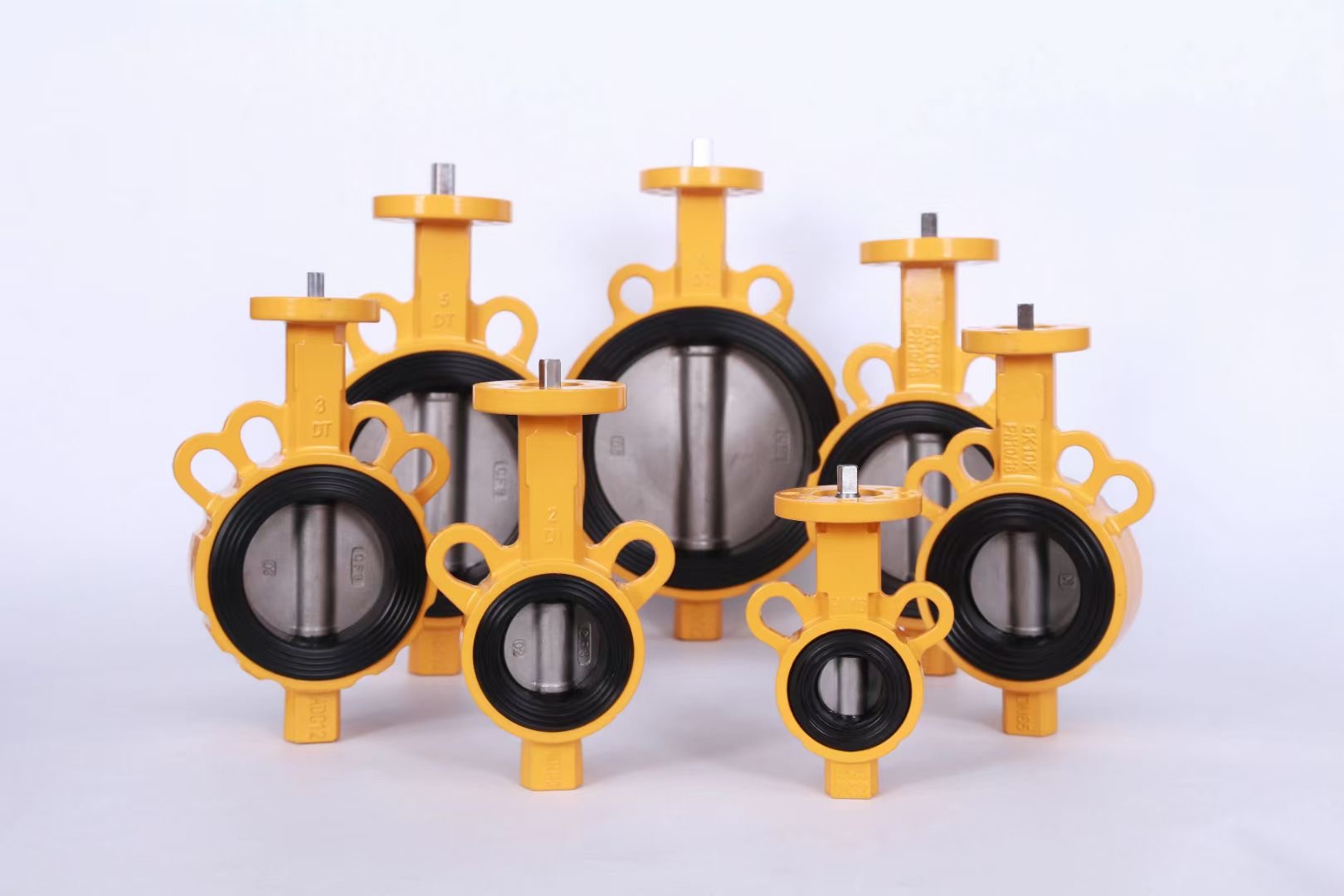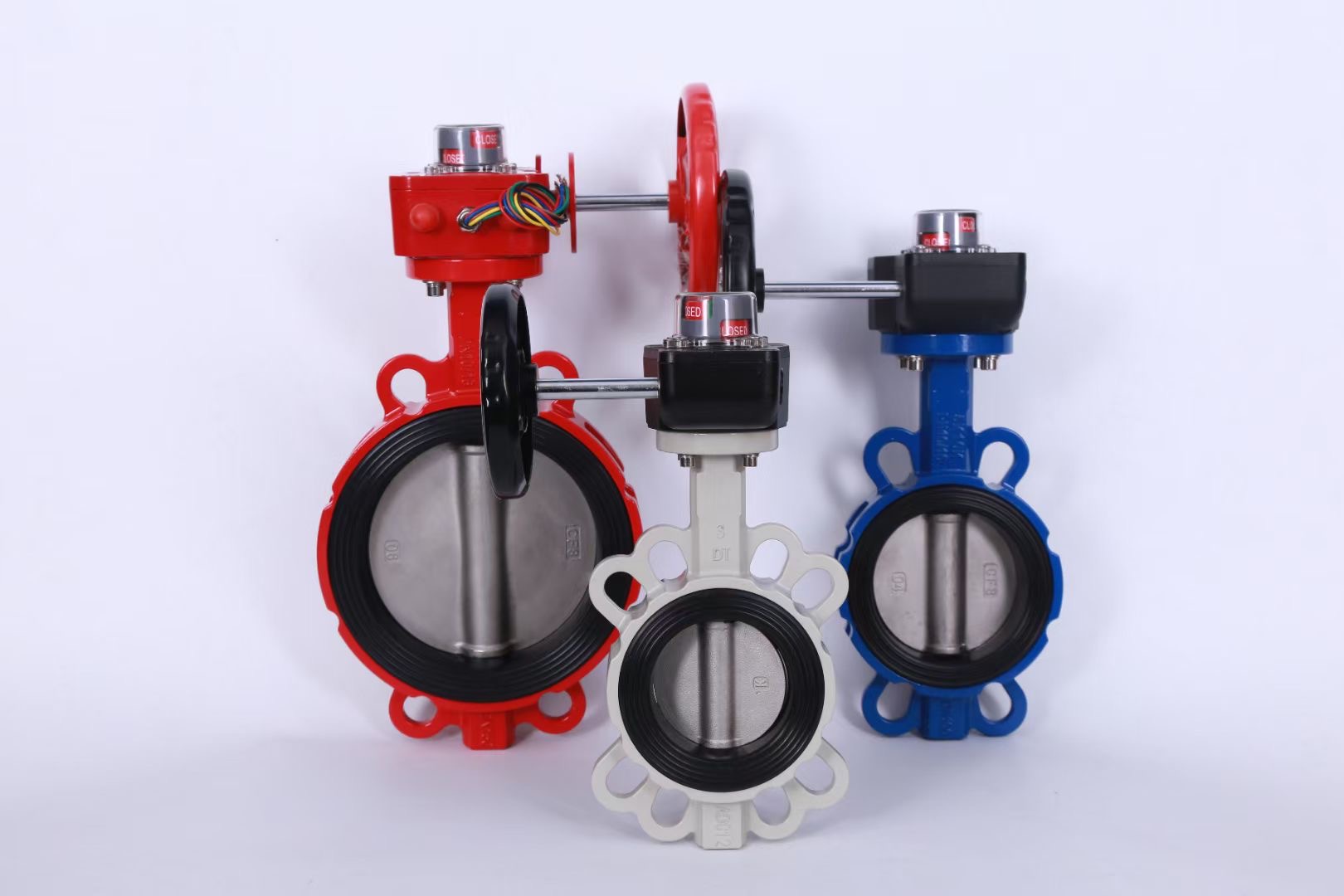24/7 Emergency Service
+86 185 2662 3967
Contact Us Now!
24/7 Emergency Service
+86 185 2662 3967
Contact Us Now!
Apr. 20, 2022
What is a check valve? Check valves are usually two-way valves, which means they have two openings in the valve body, one for fluid entry and the other for fluid exit. There are several types of check valves used in a variety of applications. Check valves work automatically and most are not subject to human or any external control; therefore, most do not have any valve handle or stem.
A ball check valve is a type of check valve in which the closing component, the moveable part that stops the flow, is a ball. In some ball check valves, the ball is spring loaded to help keep it closed. For those designs without a spring, reverse flow is required to move the ball toward the seat and create a seal. The inner surface of the main seat of a ball check valve is more or less tapered to guide the ball into the seat and create a positive seal as it stops reverse flow. The check ball valve must be oriented so that the direction of lift remains vertical.
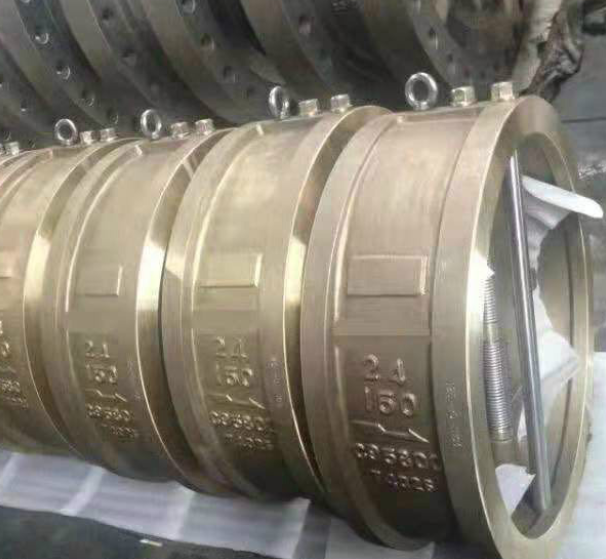
WCB 150LB Wafer Check Valve
A swing check valve is a check valve in which the flap (the moveable part used to stop flow) swings on a hinge, either on the seat to stop reverse flow or from the seat to allow positive flow. The seat opening cross section may be perpendicular to the centerline between the two ports or at an angle. Gravity plays an important role in determining the function of a check valve. Therefore, the position and orientation of these valves must be considered for your desired application.
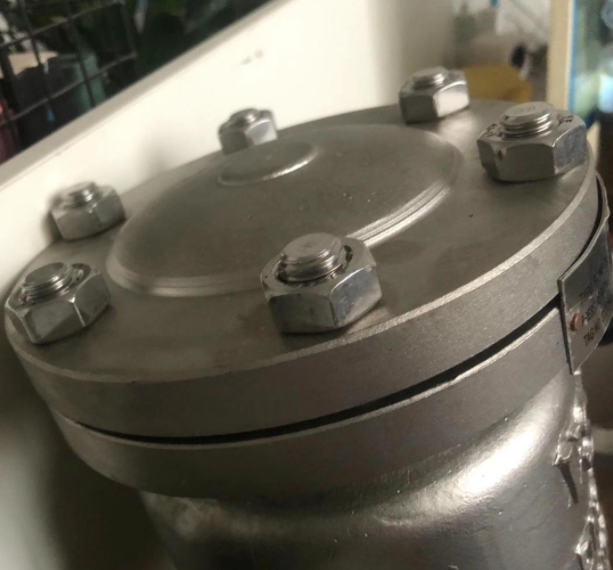
Swing Check Valve
Pipe diameter is not the only consideration for proper sizing. Application and flow must also be taken into account.
Water hammer is a pressure fluctuation or fluctuation caused when a fluid in motion is forced to stop or change direction suddenly. This can damage piping, valves and pumps. The correct check valve will significantly reduce this.
Undersized check valves can cause excessive noise, vibration and water pressure loss.
Oversized check valves can lead to extensive valve wear and failure of basic internal components.
Size Matters! Properly sized check valves increase the service life and durability of not only the valve, but also the pump and associated components.
Remember to properly size the check valve by considering the opening pressure. This will ensure that the valve opens fully based on the maximum fluid flow.
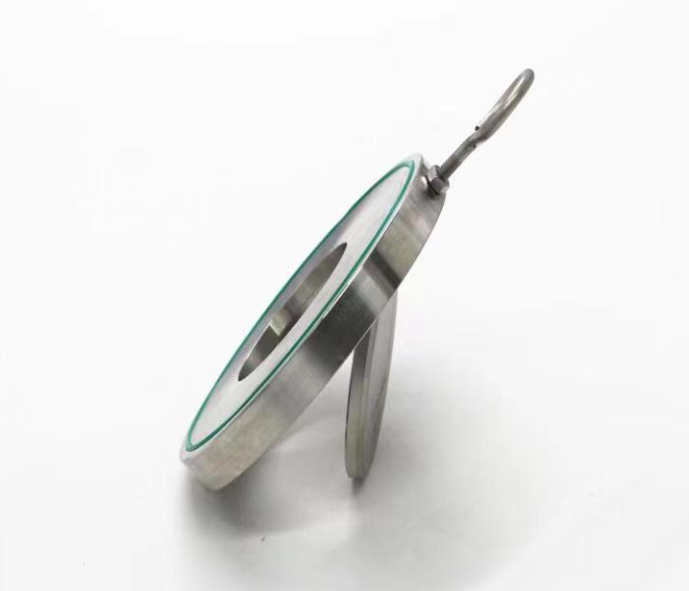
Single Plate Check Valve
1 Turn off the water supply to the check valve. Close the next valve backward along the water line. Wait 15 to 20 minutes for the water pressure to drop.
2 Check the valve for debris by tapping the side of the valve with the handle of a screwdriver. A click indicates a good check valve, but an inconsistent grind or squeak indicates that the valve is stuck on some form of debris. If the check valve is a 90 degree (right angle) type, remove the top of the valve (use the access lock to turn the top of the valve to the left) and inspect the inside of the valve directly.
3 Stand near the valve and have an assistant turn on the water supply for five seconds, then quickly close it again. Place your hand on the valve and place your ear close to the valve. If you feel or hear any running water, the valve seal is leaking.

Ductile Iron Body and Disc Tilting Check Valve
Tianjin TANGGU GENERAL Valve Manufacturing Co., Ltd. has been engaged in the valve production industry for more than 20 years. If you want to know more about check valves, please contact us.
Tel:+86 185 2662 3967
WeChat&Whatsapp:+86 185 2662 3967
E-mail:Riven@zgtvt.com
Website:www.zgtvt.com
Search Blog
Sep. 08, 2022
Are You Interested in Small Order with Fast Delivery?
Aug. 25, 2022
Keywords

Factory Add.:
No.3 Xintai Road, Jinnan District, Tianjin, China.
Office Add.:
C12 Aliyun Jinnan District, Tianjin, China.
Name: Riven Lee
Mob.: +86 185 2662 3967
E-mail: Riven@zgtvt.com
Name: Kerry Zhang
Mob.: +86 187 2267 7875
E-mail: Kerry@zgtvt.com
Navigation
Products
Leave a Message
